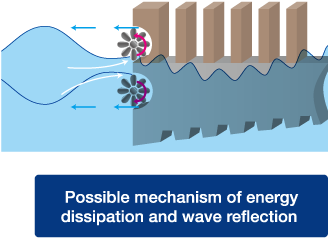
Tsunami is one of the most serious natural disasters, as can be seen in Fig. 1. Tens of thousands of people lose their lives periodically.
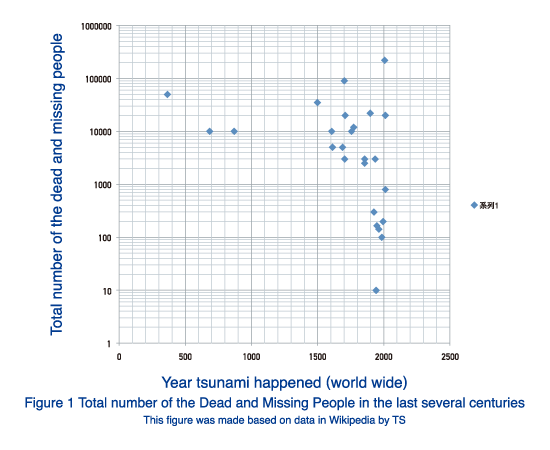
Current counter-measures such as the Global Tsunami Warning System will play a more important role in the future. We may also consider a more active approach to mitigating Tsunami damage to minimize such tragedies with science, technology and innovation.
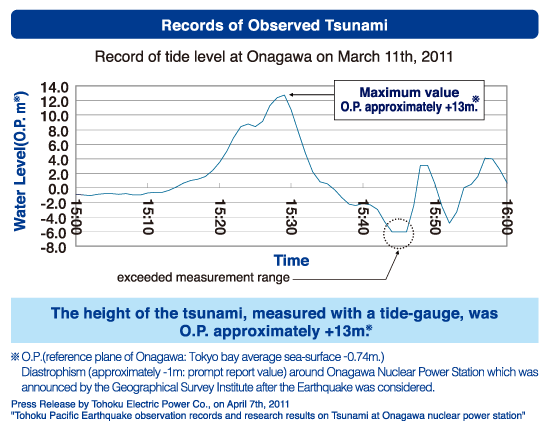

After the two previous Tsunami Energy Dissipation Workshop, held in 2012 at Tohoku University, in Sendai, Japan and held in 2014 in Chamonix, France, we have decided to hold the 3rd workshop to deepen our concept, ideas for possible energy dissipation mechanisms and structural design as well as more human and social science approach such as trans-science approach including risk communication based upon the previous two workshop.
Other topics on utilization of the structures for daily life as local governmental purpose, private sector purpose for some production including renewable energy and energy transport will be also included in the purpose of this Workshop.

Ocean Thermal Energy Conversion technology uses a turbine generator to produce renewable energy from the temperature difference between deep-sea cold water circulating in the ocean and surface seawater warmed by the sun. In order to use the low temperature range, a working media, is used due to its low boiling point. How does this kind of Systems can be in stall on the large mitigation structures with higher efficiency and mass electricity generation.
The flow of the air which is produced by the up and down of waves rotate the turbine and generate power. How does this kind of Systems can be in stall on the large mitigation structures with higher efficiency and mass electricity generation.
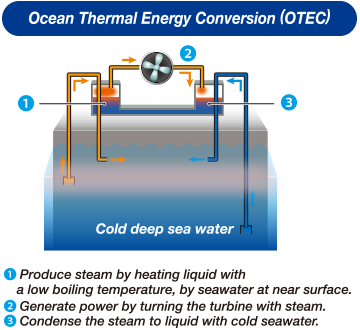
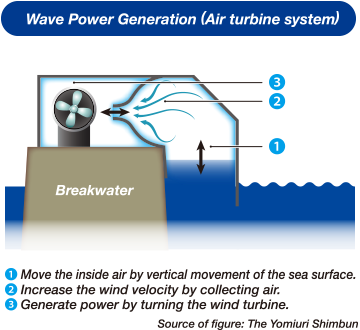

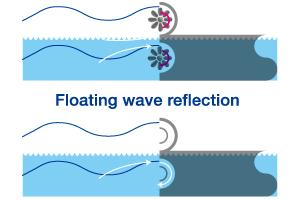 Dropping pressure through friction loss in pores or small channels.
Change of flow direction and wave interaction
(overhang shape, rotary vane, etc).
Dropping pressure through friction loss in pores or small channels.
Change of flow direction and wave interaction
(overhang shape, rotary vane, etc).
Designed materials such as shape memory alloys, metal forms, super-elastics, etc.

※2:Photo from "National Research Institute of Fisheries Engineering, Fisheries Research Agency" HP
Structural designs such as fluid flow energy dissipation with turbulence, flow direction change
